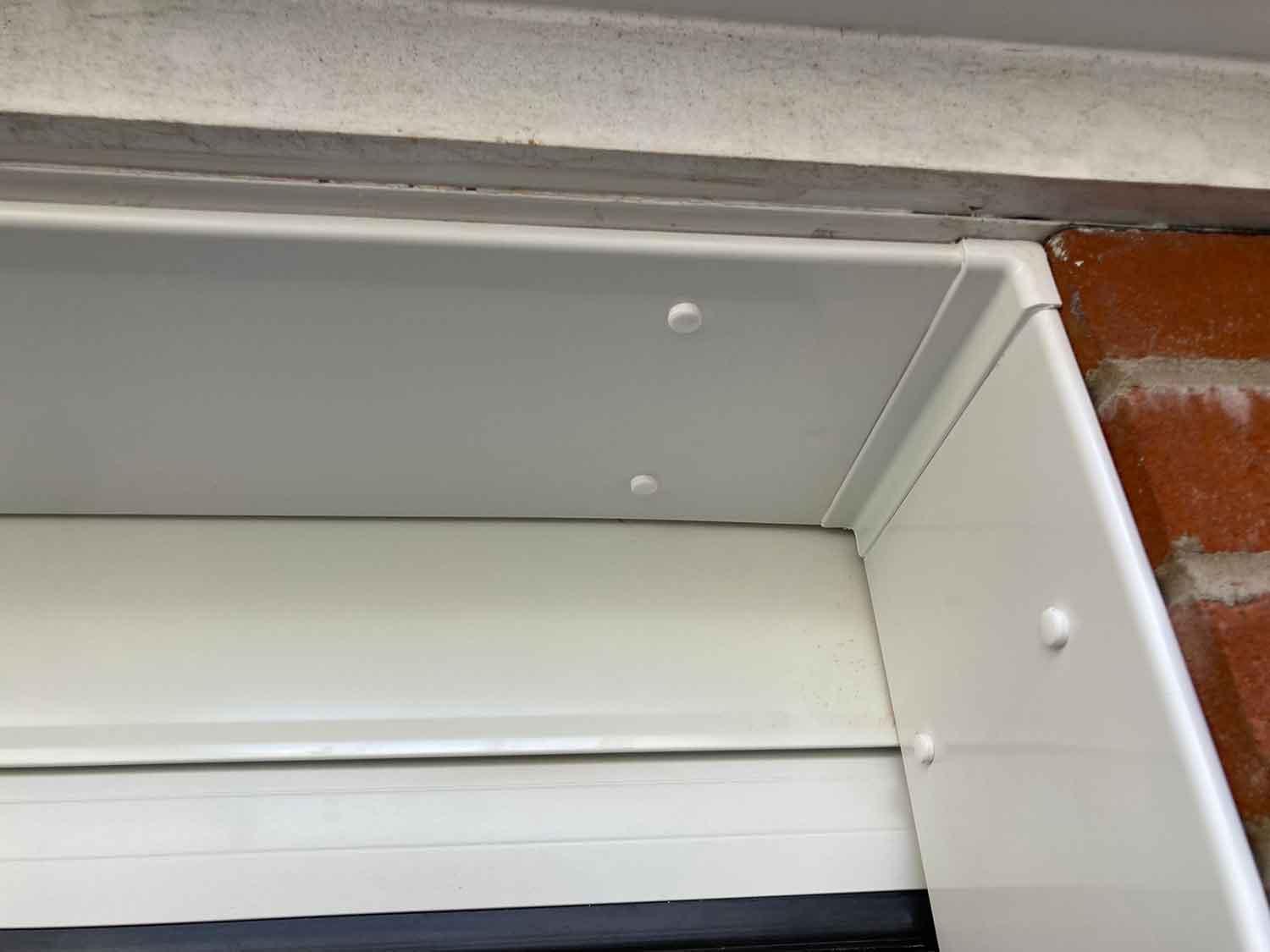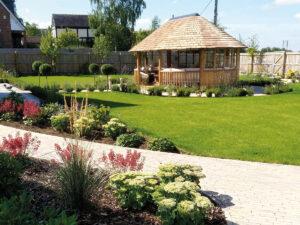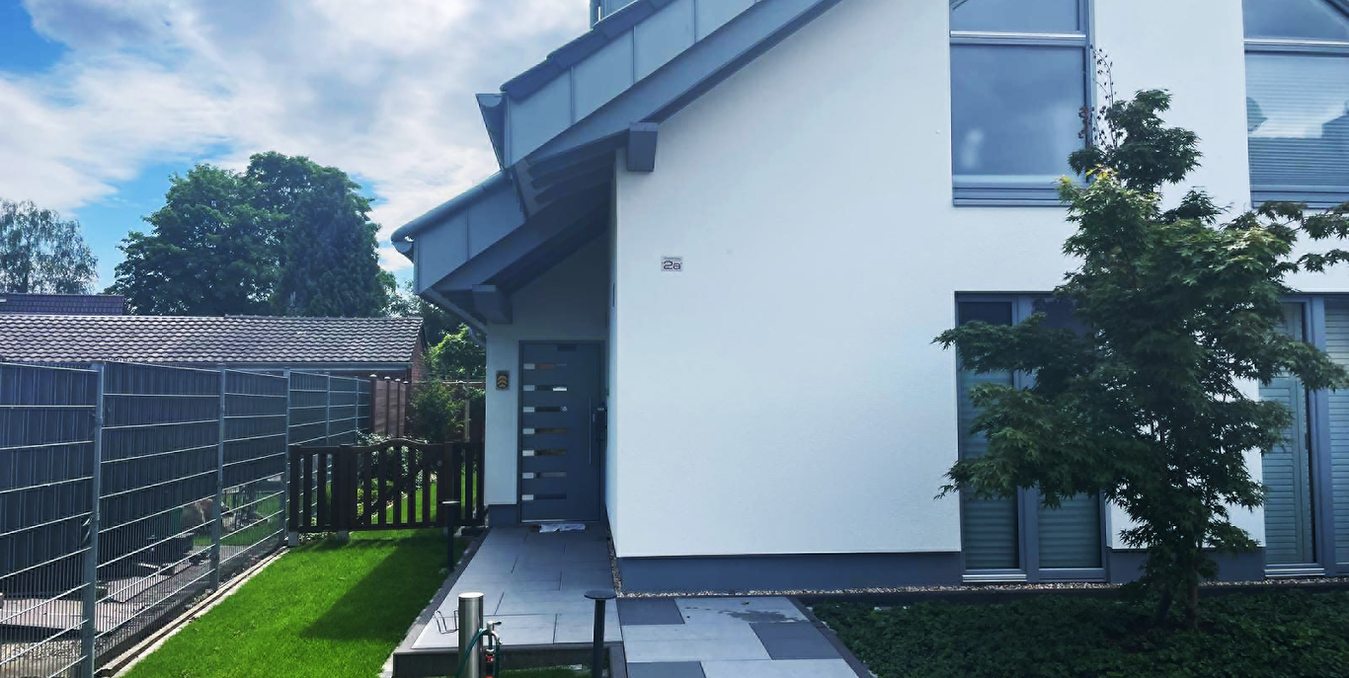When you’re looking to match your garage door to your home’s architecture, it’s essential to first assess the overall style of your property. Consider whether your home leans towards traditional, modern, or a rustic aesthetic, as this will guide your choices in materials and designs. You’ll want to think about color coordination and how your new garage door can either complement or sharply contrast with your existing palette. But it doesn’t stop there—understanding the nuances of architectural balance is crucial. Let’s explore how each of these elements interacts to create a cohesive look.
Understand Your Home’s Style
When it comes to matching your garage door to your home’s architecture, understanding your home’s style is essential. You need to take a good look at your house’s overall design. Is it a classic colonial, a modern farmhouse, or maybe a sleek contemporary? Identifying these elements helps set the tone for selecting the perfect garage door.
Start by examining the color palette of your home. If you’ve got earthy tones, a wooden garage door might offer that warm, inviting feel. On the other hand, if your home’s style leans towards the minimalist, a smooth, modern door in bold hues could create a stunning contrast.
Consider architectural details, too. Look for features like columns, shutters, and railings; these are hints that can guide your choices.
Don’t forget about your neighborhood. You’ll want your garage door to complement not only your home but also the other nearby homes. Striking a balance between individuality and cohesiveness will enhance your curb appeal.
Choose Appropriate Materials
Selecting the right materials for your garage door can significantly influence its appearance and performance. You’ll want to consider options like steel, wood, aluminum, and fiberglass, each offering different aesthetics and benefits.
Steel doors are durable and often come with insulation, making them energy efficient. If your home has a modern or industrial style, a steel door can provide a sleek look.
Wood, on the other hand, offers charm and warmth, complementing traditional or rustic homes beautifully. Keep in mind, though, that wooden doors require more maintenance to prevent rot and warping.
Aluminum doors are lightweight and resistant to rust, making them a great choice for coastal areas. They can mimic the look of wood without the upkeep.
Fiberglass is another low-maintenance option that can withstand extreme weather; it’s also easily customizable in terms of finishes.
When choosing materials, think about your local climate, how much maintenance you’re willing to take on, and, most importantly, how the material complements your home’s architectural style.
A well-chosen material not only boosts your home’s curb appeal but also enhances its overall value.
Consider Color Coordination
Matching your garage door’s color to your home’s exterior can greatly enhance its overall aesthetic. Start by evaluating the primary colors of your home’s facade. If your house is painted a neutral shade, consider a bold or complementary color for the garage door to create a striking contrast.
On the other hand, if your home features vibrant hues, you might opt for a more subdued color that harmonizes with the overall palette.
Pay attention to the architectural style of your home, as this can influence your choice. Traditional homes may benefit from classic colors like whites, grays, or softer pastels, while modern designs can often accommodate richer shades or even dark tones.
Additionally, consider the surroundings—tree colors, stone work, and landscaping can all affect how a color is perceived.
Never underestimate the power of trim color, either. If your garage door includes decorative trims, ensure that its color coordinates with both the door and your home’s accents.
In the end, a well-coordinated color scheme can breathe new life into your home’s exterior, making it stand out for all the right reasons.
Explore Design Options
While considering how to enhance your garage’s appeal, exploring various design options can bring out your home’s character.
Start by assessing your home’s architectural style—whether it’s modern, traditional, or rustic. This will guide your choices, helping you select a door that complements your overall aesthetic.
Next, think about materials. Wood offers warmth and charm, while steel provides durability and a sleek appearance. If your home leans towards traditional architecture, a carriage-style door could add a touch of elegance. On the other hand, if you prefer a modern vibe, consider a minimalist design with clean lines.
Don’t forget about texture and finishes. A raised-panel door can add depth, while smooth surfaces may convey sophistication. Decorative hardware, such as handles and hinges, can also elevate the overall look.
It’s essential to experiment with different styles, colors, and textures. Don’t hesitate to request samples or even mock-ups to visualize how various options fit into your home’s design.
Maintain Architectural Balance
Achieving architectural balance is key to ensuring your garage door feels like a natural extension of your home. To maintain this balance, start by considering the overall style of your house. Whether you have a modern, traditional, or rustic design, your garage door should complement those elements.
Next, pay attention to the materials and colors you choose. If your home features brick or stone, opt for a Garage Doors Clacton made from wood or metal that matches or complements those materials.
Color is crucial too—select hues that harmonize with your home’s palette to unify the look.
You should also consider the size of your garage door in relation to the rest of your home. A massive door on a small house might overwhelm the architecture, while a tiny door on a large home may appear lost. Aim for proportions that establish visual harmony.
Lastly, examine the architectural details, like windows, trim, and decorative elements. Ensure your garage door includes accents that resonate with these features.
Conclusion
In matching your garage door to your home’s architecture, you create a seamless look that enhances your property’s overall appeal. By understanding your home’s style, choosing the right materials, coordinating colors, and exploring design options, you ensure consistency and balance. Don’t forget to consider the size and design elements that integrate with existing features. With these tips, you’ll find the perfect garage door that not only complements but elevates your home’s distinctive character.






